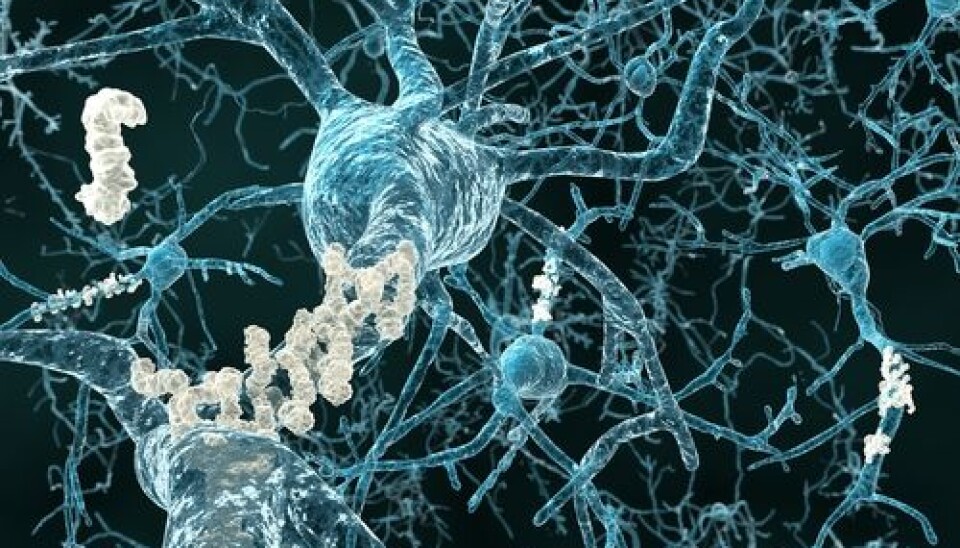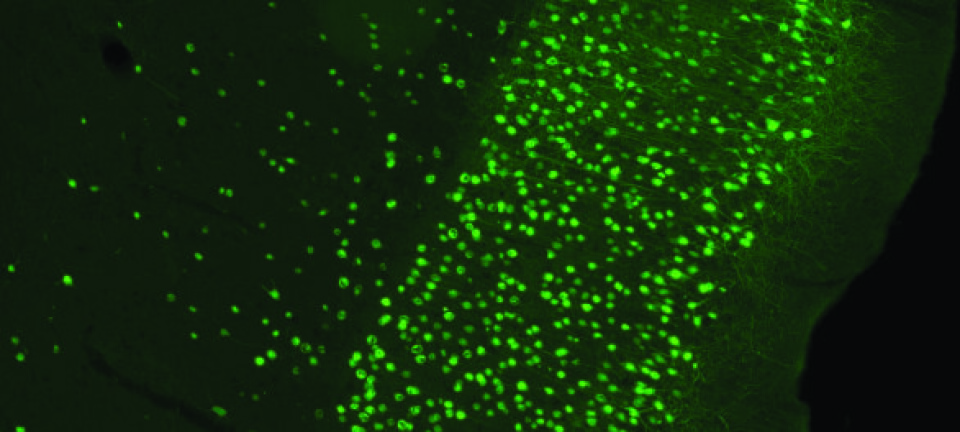
Scientists sneak Alzheimer medicine into the brain
Scientists have succeeded in creating molecules that can escort Alzheimer's medicine through the impervious sheath that separates blood vessels from neurons and safely into the brain. According to a Danish PhD student involved in the study, the method can also be used in treating other diseases.
It is incredibly difficult to treat the neurodegenerative disorder Alzheimer's disease, because it is very problematic to get medicine into the brain.
However, a team of scientists from San Francisco have manage to do so in monkey brains.
Here, they transported the medicine through the blood-brain barrier without serious side-effects.
"The study is tremendously exciting, because they have got as far as actually being able to see the effect in monkeys. It looks promising," says Maria Selch Hersom, a PhD student from the Department of Pharmacology at the University of Copenhagen, who participated in the project in San Francisco.
At the bottom of the article you can see how the medicine is lead through the blood-brain barrier and into the brain.
Antibody catches a ride with protein
The scientists utilise a natural mechanism in the body which is used to transport iron from the bloodstream into the brain.
The mechanism involves a protein known as the transferrin receptor located in the cells on the outside of the blood-brain barrier.
They have designed an antibody, which can latch onto the transferrin and thereby catch a ride through the otherwise impervious blood-brain barrier.
Once the antibody is inside, its other end targets the enzyme β-secretase 1 (BACE1), which produces amyloid-β that causes the development of Alzheimer’s disease. The antibody then prevents BACE1 from making amyloid-β.
The antibody is able to reduce the amount of BACE1 by 50 per cent, writes Nature.com. In this way it is possible to avoid Alzheimer's developing to a stage where is it is impossible to treat.
"What is so significant is that this method has proven to successfully transport antibodies through the blood-brain barrier and that the method can be modified - it is not restricted to the treatment of Alzheimer's. For instance, it may be much easier to treat cancer in the brain using this method," says Selch Hersom.
The scientists' next step is to design a procedure enabling them to test the method on humans instead of monkeys.
The study has been published in the scientific journal Science Translational Medicine.
-----------
Read the original story in Danish on videnskab.dk
Translated by: Hugh Matthews











